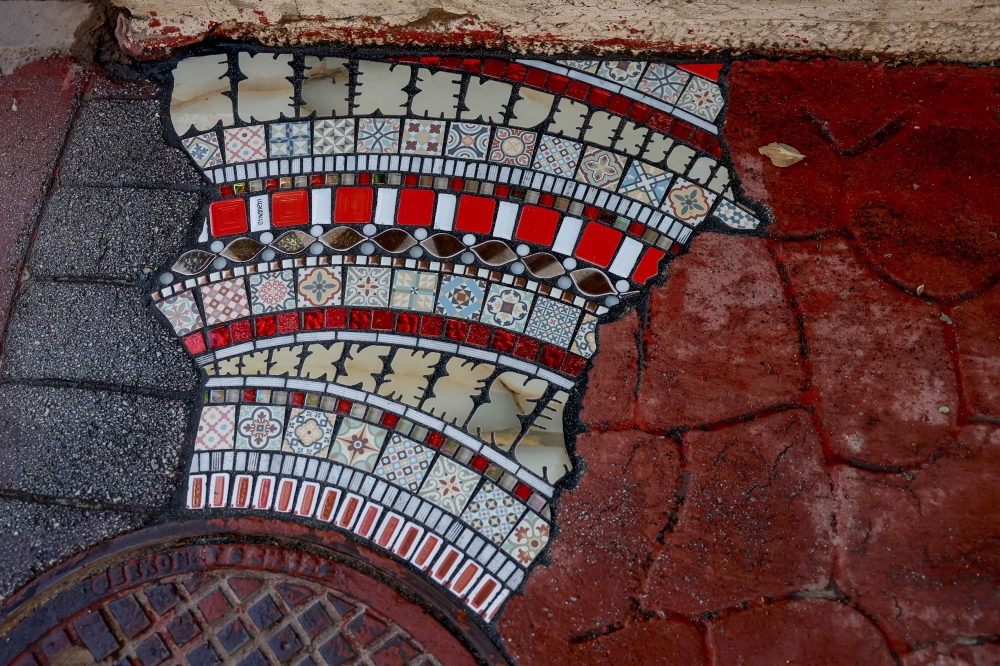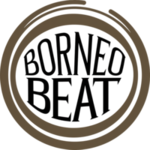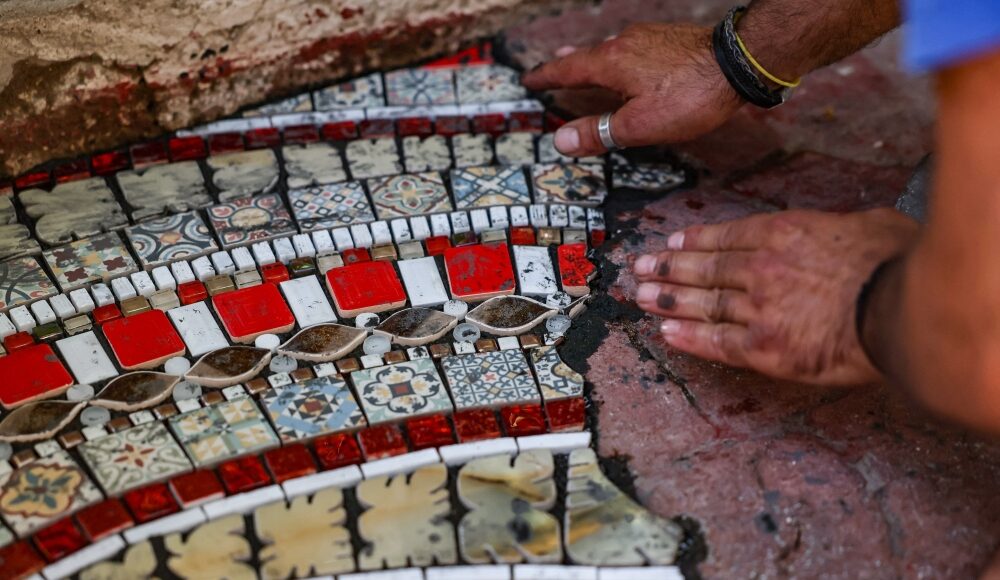ANKARA, July 3 — Walking through Ankara’s streets, occasional flashes of colour light up the pavement where French artist Ememem has painstakingly patched up the potholes and cracks with vibrant works of mosaic art.
He calls it “flacking” — the art of transforming unsightly cracks and crevices in the ground into uniquely shaped ceramic creations.
The artworks — made of recycled materials, bits of glass and broken or discarded shards of pottery — are what he calls his “plasters for the pavement”.
What inspired him was “the spirit of the city”: although to the uninitiated, Ankara can sometimes appear “grey”, Ememem said he saw it as full of “colour, light and traditional motifs”.
At times accompanied by texts, these eye-catching “street scars” are a reflection of his impressions and even some of the Turkish expressions he’s heard on the streets.
Invited by the French Institute in Ankara, the artist installs what he calls his “flackings,” incorporating geometric motifs in road defects in the Turkish capital Ankara on June 25, 2025. — AFP pic
‘The streets belong to everyone’
His works first appeared on the streets of Lyon, hometown of the artist who has never revealed his name or his face.
They then began appearing in Paris and other cities, like Milan, Barcelona and Leipzig, and more recently Chicago and New York. He also created a piece for the Athletes’ Village in Paris during the 2024 Olympics.
What he likes best are the works he does “clandestinely” at night.
“We don’t ask for permission, we just do it because as far as I’m concerned, the streets belong to everyone and to me as well,” he said.
Memories of his grandfather sweeping the front garden then the street outside, because he considered it to be his, was what inspired him to become a street artist.
“Oddly enough, when something belongs to everyone, you think that it doesn’t belong to you. I want to show that the streets, the town and society belongs to all of us, that we are all actors in our own cities,” he said.
His works are “artistic, poetic and above all political”, he said, while admitting his messages are subtle.
In the Bosnian town of Mostar, he patched up a hole made by grenades with ceramic piece decorated with barbed wire in a nod to the wars that followed the breakup of Yugoslavia in the early 1990s.

The artworks — made of recycled materials, bits of glass and broken or discarded shards of pottery — are what Ememem calls his “plasters for the pavement”. — AFP pic
‘I’m not a political artist’
“We are less direct than artists in Turkey,” he said, standing with local street artist Hikmeti Tabiyeci who is working with him on a joint flacking project in Lyon.
“I don’t consider myself a political artist, but everything done in the street is politicised in Turkey,” said the artist, whose name is also a pseudonym meaning “physicist” in Ottoman-era Turkish.
His work takes many different forms, one of which is a mock tombstone in a local park reading: “Here lies democracy”.
“Gathering in the street, claiming your rights, even walking your dog, kissing, drinking alcohol or laughing in public has become a political act,” he explained.
The government of President Recep Tayyip Erdogan fears any expression in the public space because he knows the power of the street, the artist said.
For years, fear of the authorities kept people off the streets until the removal of Istanbul’s opposition mayor Ekrem Imamoglu in March, which sparked huge protests across the country in Turkey’s worst street unrest since 2013, he said.
“Art has always been present on the streets,” he said.
“When you use it wisely and well, you build relationships very quickly, whether you’re an artist or a politician.” — AFP





